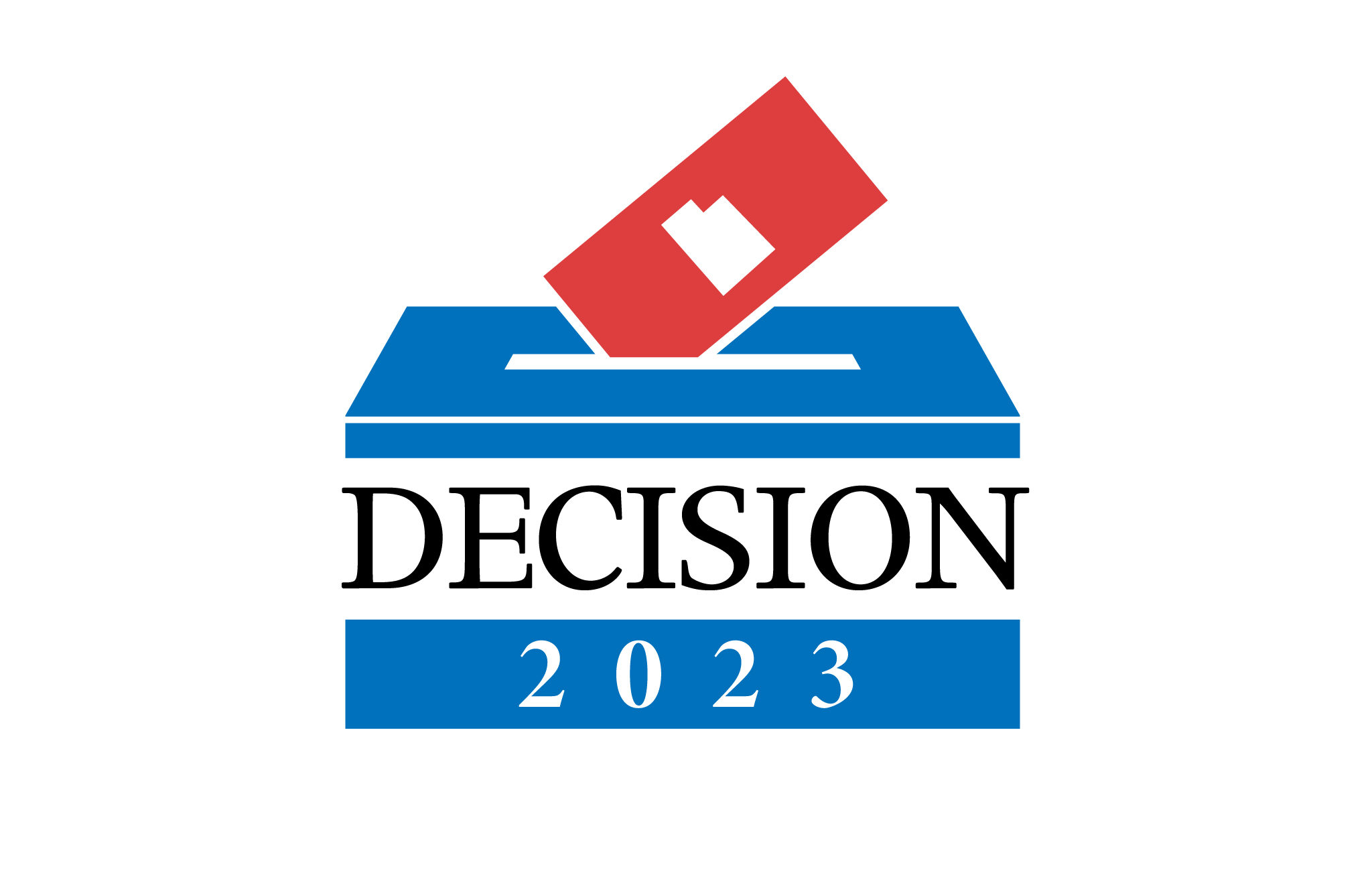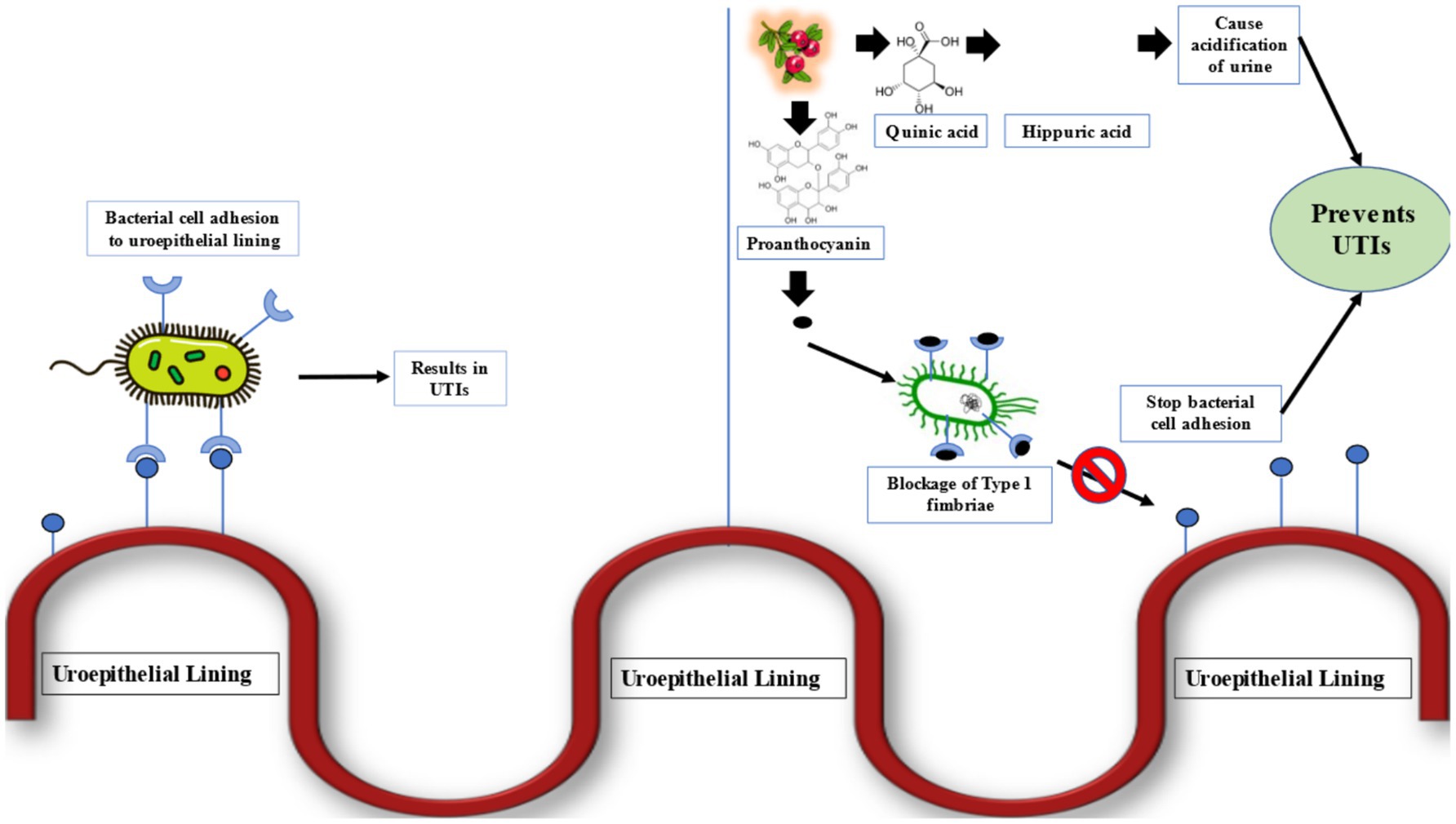UTA fights digital abuse in domestic violence cases – uta.edu

University of Texas at Arlington Initiative Addresses Technology-Facilitated Abuse in Alignment with Sustainable Development Goals
Executive Summary
An interdisciplinary research initiative at The University of Texas at Arlington (UTA), known as the Mavericks Ending Technology-Facilitated Abuse (MAVS ETA) Project, is actively working to combat technology-facilitated abuse (TFA). This project represents a significant contribution to several United Nations Sustainable Development Goals (SDGs) by addressing gender-based violence, promoting well-being, fostering innovation, and building strong community partnerships. The initiative integrates expertise from social work, engineering, and communication to develop practical solutions that enhance safety and justice for survivors of domestic violence.
The Challenge: Technology-Facilitated Abuse (TFA)
Technology-facilitated abuse is a pervasive form of harassment and control that leverages digital tools to threaten, exploit, and surveil individuals. This form of abuse presents a direct obstacle to achieving safe and equitable societies. Common tactics include:
- Sending harassing messages via text or social media.
- Tracking a person’s location using GPS-enabled devices.
- Monitoring conversations and online activity through shared accounts.
- Exercising financial control via digital banking platforms.
The prevalence of TFA undermines progress toward creating peaceful and inclusive societies as outlined in the SDGs.
MAVS ETA: An Interdisciplinary Strategy for Sustainable Development
The MAVS ETA project unites faculty and graduate students from UTA’s School of Social Work, College of Engineering, and Department of Communication. This collaborative structure is designed to build comprehensive knowledge and intervention strategies that align with global development targets.
Morgan PettyJohn, assistant professor of social work and clinic director of MAVS ETA, stated, “Through the project, we’re building on-the-ground knowledge of current TFA tactics, allowing us to identify emerging trends and associated intervention approaches from cybersecurity and public health perspectives. Social workers are able to spot and respond to victimization within the field, and computer scientists are able to offer technical support and build safer technology from the ground up.”
Core Contributions to Global Sustainable Development Goals
The MAVS ETA project’s mission and activities directly support the advancement of several key SDGs:
- SDG 5: Gender Equality: The project’s primary focus is to combat a form of violence that disproportionately affects women and girls. By developing tools and strategies to protect survivors, the initiative directly contributes to Target 5.2, which calls for the elimination of all forms of violence against women and girls.
- SDG 16: Peace, Justice and Strong Institutions: By working to protect survivors and hold perpetrators accountable in the digital realm, the project supports Target 16.1 (significantly reduce all forms of violence) and Target 16.2 (end abuse and exploitation). The partnership with SafeHaven of Tarrant County strengthens institutional capacity to provide justice and safety for survivors.
- SDG 3: Good Health and Well-being: TFA has severe emotional, financial, and social impacts on survivors. The project promotes mental and physical well-being (Target 3.4) by providing tools and support that restore a sense of security. Kathryn Jacob, CEO of SafeHaven, noted the project helps “restore control, dignity and peace of mind for survivors and their children.”
- SDG 17: Partnerships for the Goals: The initiative exemplifies Target 17.17 by fostering an effective public-private and civil society partnership between UTA, community organizations like SafeHaven, and philanthropic bodies such as the Kalman & Ida Wolens Foundation.
- SDG 9: Industry, Innovation, and Infrastructure: The project applies technological innovation for social good. By identifying cybersecurity vulnerabilities and co-developing technical solutions with survivors, MAVS ETA contributes to building resilient and safe digital infrastructure.
Program Activities and Measurable Impact
Funded by the Kalman & Ida Wolens Foundation, the MAVS ETA program translates research into tangible community support. Its key activities and outcomes demonstrate a clear commitment to sustainable and positive change.
- Community Partnership and Technical Support: The project donated GPS scanners to SafeHaven of Tarrant County to detect hidden tracking devices, a critical tool for survivors attempting to escape abusive situations.
- Evidence-Based Research: Research conducted by the team has documented the extensive range of TFA tactics used in North Texas and their profound impact on survivors and families. Dr. Rachel Voth Schrag, project director, confirmed, “Our research… has documented the wide range of TFA tactics being experienced in North Texas.”
- Capacity Building and Education: The initiative has provided vital educational training and technical support to over 50 domestic violence advocates, cybersecurity professionals, and graduate students across the Dallas-Fort Worth area, enhancing the region’s ability to respond to TFA.
Conclusion: Fostering Safer Communities Through Collaborative Innovation
The MAVS ETA project at the University of Texas at Arlington serves as a powerful model for how higher education institutions can address complex societal challenges while making direct contributions to the United Nations Sustainable Development Goals. By combining interdisciplinary research, technological innovation, and strong community partnerships, the initiative is creating practical and impactful solutions that promote gender equality, justice, and well-being in an increasingly digital world.
1. Which SDGs are addressed or connected to the issues highlighted in the article?
-
SDG 3: Good Health and Well-being
The article highlights the project’s goal to promote “safety and well-being” and restore “peace of mind for survivors and their children.” It also notes the “emotional, financial and social impact on survivors,” which directly relates to mental and emotional health, a key component of this SDG.
-
SDG 5: Gender Equality
The core issue is “technology-facilitated abuse” within the context of “domestic violence” and “intimate partner violence.” These forms of violence disproportionately affect women and girls, making the project’s efforts to combat them directly relevant to the goal of eliminating all forms of violence against women.
-
SDG 16: Peace, Justice and Strong Institutions
The MAVS ETA project works to “combat technology-facilitated abuse” and reduce a specific form of violence. By providing tools and support to help survivors “escape abuse” and uncover “invisible threats,” the project contributes to creating safer environments and promoting peace and justice for victims of violence, including children.
-
SDG 17: Partnerships for the Goals
The article describes a multi-stakeholder partnership to address the issue. The MAVS ETA project is an “interdisciplinary research team” at a public university (The University of Texas at Arlington) that “works closely with… community partners” like SafeHaven of Tarrant County (a civil society organization) and is supported by funding from “the Kalman & Ida Wolens Foundation” (a private foundation).
2. What specific targets under those SDGs can be identified based on the article’s content?
-
Target 5.2: Eliminate all forms of violence against all women and girls in the public and private spheres.
The article focuses on combating “technology-facilitated abuse” which is described as a “nearly universal challenge for domestic violence agencies.” This is a form of violence that occurs in the private sphere of intimate partner relationships.
-
Target 3.4: Promote mental health and well-being.
The project aims to address the “emotional… impact on survivors” and restore their “dignity and peace of mind.” This directly aligns with promoting mental health and well-being for a vulnerable population.
-
Target 16.1: Significantly reduce all forms of violence and related death rates everywhere.
The project’s entire purpose is to fight a specific form of violence—TFA. By developing “intervention approaches,” providing “technical support,” and donating “GPS scanners to detect hidden tracking devices,” the project is taking direct action to reduce violence.
-
Target 16.2: End abuse, exploitation… and all forms of violence against… children.
The article explicitly mentions that the project’s work helps restore peace of mind for “survivors and their children,” acknowledging that children are affected by the environment of domestic abuse and that protecting them is a key outcome.
-
Target 17.17: Encourage and promote effective public, public-private and civil society partnerships.
The initiative is a collaboration between The University of Texas at Arlington (public), SafeHaven of Tarrant County (civil society), and the Kalman & Ida Wolens Foundation (private), perfectly illustrating the type of multi-stakeholder partnership this target aims to foster.
3. Are there any indicators mentioned or implied in the article that can be used to measure progress towards the identified targets?
-
For Target 5.2:
An implied indicator is the prevalence and range of TFA tactics experienced by survivors. The article states that the project’s research has “documented the wide range of TFA tactics being experienced in North Texas,” which serves as a baseline for measuring reduction.
-
For Target 3.4:
An implied indicator is the reported emotional and mental well-being of survivors. The project’s success can be measured by its ability to address the “emotional… impact” and restore “peace of mind,” which could be assessed through survivor feedback.
-
For Target 16.1:
An implied indicator is the number of survivors provided with tools and knowledge to enhance their safety. The article mentions providing “practical tools” and helping survivors “plan for their future safety.” The donation of GPS scanners is a tangible output that contributes to this indicator.
-
For Target 17.17:
A direct indicator is the number of professionals and community members trained through the partnership. The article states the project “has provided educational training and technical support to more than 50 domestic violence advocates, cybersecurity professionals and graduate students.”
4. Table of SDGs, Targets, and Indicators
| SDGs | Targets | Indicators (Identified or Implied in the Article) |
|---|---|---|
| SDG 5: Gender Equality | 5.2: Eliminate all forms of violence against all women and girls in the public and private spheres. | Prevalence and range of technology-facilitated abuse (TFA) tactics documented among domestic violence survivors. |
| SDG 3: Good Health and Well-being | 3.4: Promote mental health and well-being. | Reported improvement in the emotional well-being and “peace of mind” of survivors receiving support. |
| SDG 16: Peace, Justice and Strong Institutions | 16.1: Significantly reduce all forms of violence.
16.2: End abuse… and all forms of violence against… children. |
Number of survivors provided with technical support and tools (e.g., GPS scanners) to enhance their safety and that of their children. |
| SDG 17: Partnerships for the Goals | 17.17: Encourage and promote effective public, public-private and civil society partnerships. | Number of professionals (advocates, cybersecurity experts) and students trained through the multi-stakeholder partnership (over 50 mentioned). |
Source: uta.edu

What is Your Reaction?
 Like
0
Like
0
 Dislike
0
Dislike
0
 Love
0
Love
0
 Funny
0
Funny
0
 Angry
0
Angry
0
 Sad
0
Sad
0
 Wow
0
Wow
0

















































































